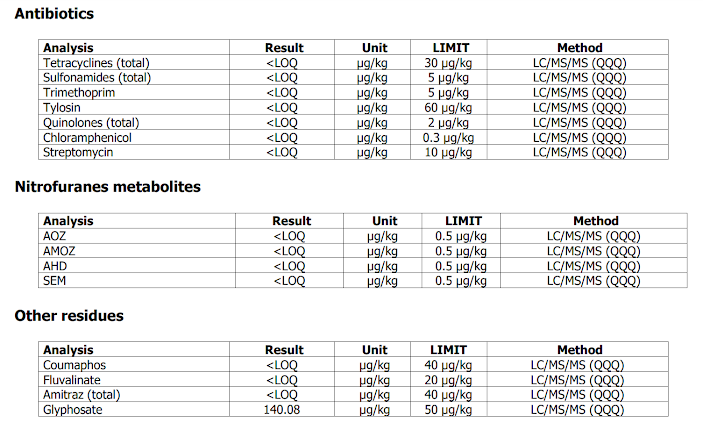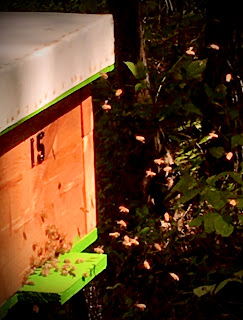Cattle Culture in South Sudan
On the weekend of March 16, 2013, a small group of us went to Terekeke, about 45 miles north of Juba to visit some cattle camps run by the Mundari tribe. This area, incidentally, was one of the most heavily damaged during the years of fighting with Sudan when the people of South Sudan were seeking their independence from Arab and Islamic rule. The Mundari people are one of South Sudan's smaller tribal groups, most easily identified by the "scarification" on their foreheads, which typically consists of two sets of three lines on opposite sides of the forehead that are not connected. They are a "cattle culture," one of many such groups in South Sudan, whose economic and cultural life is centered around cattle. South Sudan is richly diverse in ethnic groups, with dozens of tribal groupings and sub-groupings speaking some forty languages. Even to an untrained eye, the diversity is obvious due to the differing physical characteristics among the groups and varying patterns of scarification practised throughout the country.
This particular cattle camp had perhaps a dozen or so young men and boys managing two herds of cattle numbering at least a hundred in each camp. As the photo above shows, the cattle in South Sudan are of the "Zebu" type, easily recognized by the hump on top of the front shoulders and the large horns, which are highly prized by the people. An especially prized bull, for example, will have its horns trained and shaped by its owners over several years. This, along with ear notching, easily identifies the cattle to their owners and each owner can recognize each of his cattle - even if he owns hundreds! - by their features, coloring, and other characteristics, even from a distance.
In the center of the camp is a high pole, typically at least fifteen to twenty feet high, that is painted in black and white horizontal bands, with a skull and horns sitting atop it. When the site for a camp is identified, a white bull is slaughtered in order to "bless" the site. The meat is eaten in a feast for the people as they settle in their new camp and the skull and horns are placed atop the pole to identify the camp and honor the bull. In driving through the area, many of these poles can be seen in both occupied and unoccupied camps, as well as in villages throughout the area.
The closeness of the people to their cattle is one of the most endearing aspects of the Mundari people. As we approached the camp - total strangers wearing very different clothing and speaking a strange language - the cattle seemed totally unaware of us and unimpressed with our incursion into their territory. We could easily walk up to any of the cattle and touch them without scaring them. While most of them were staked out on the ground limiting their movements, those that were free did not spook as we approached them. And seeing how the herders, especially the young boys who had not yet reached puberty and were unclothed, interacted with the cattle, it was easy to see why. Once a boy reaches manhood, he will wear clothing and be given a prize bull, which he will treasure to the point of decorating its horns to show his devotion to the bull.
From the day they are born, cattle in South Sudan interact intimately with their herders. The people value these cattle as we in the West can hardly imagine. They are constantly handled. Boys pet and caress and talk to their cattle almost as if they are friends which, in their minds, they actually are. They have conversations with the animals, live with them, and know them intimately. The smallest boys painstakingly capture all the manure, dry it out in the sun, and burn it to keep flies and insects off the cattle. Throughout the camps, manure fires burn to give the cattle relief from the incessant flies.
Most strikingly, though, whenever a bull begins to urinate, a boy will rush over and stick his head under the stream and "wash his hair" in the bull's urine! While this is shocking to Western eyes, the effect is to redden the boy's hair and the more he does it over time, the redder becomes his hair. This, in turn, denotes his skill and devotion as a herder and raises his respect in the community. Keep in mind that this is taking place within sight of the White Nile, so there is no water shortage in the area.
In economic terms, these cattle represent the financial assets of the group. Cattle are used for marriage (with 40 cows being the typical "bride price" a young man will pay for his wife, although the price can be much higher depending on status, education, beauty, and other variables), but also as a source of cash when the family group needs money. Not surprisingly, these tribal groups have little need for cash so when they do need it, they may sell a cull animal for several hundred animals. Beef is thus fairly expensive on a carcass-weight basis, but then it is not seen as a dietary staple as it might be in other countries.
These people, like most cattle cultures, spend much of the year as nomads. However, their nomadic path is known and predictable, forming a circle that ultimately leads home to a permanent camp. They do not wander aimlessly, as is sometimes believed, but they know exactly where good grazing and water sources are found. This migration, incidentally, happens only during the dry season, lasting roughly from October through April, as there is no need to move during the rainy season when water and grass are plentiful.
In watching how the cattle and their herder owners relate to them, one can easily imagine how easy it would be to turn many of these cattle into draft animals that could be put to work in plowing and doing other agricultural work. Farming, however, is typically done with human labor and is rarely animal-powered. The typical farm is subsistence-level with little surplus to take to market. All cultivation is done by hand, usually by the women. When looking at this situation and considering how best to change it, the solution seems obvious - put the cattle to work for draft power and expand farms so that each farm unit is producing more food and can sell the surplus in the market. This approach seems particularly obvious when you consider that well over half of South Sudan's foodstuffs are imported from neighboring countries and not produced domestically.
There are two big challenges to doing this. First is the nature of cattle culture itself and how they view making cattle work as degrading to the cattle and a cultural taboo. Second is the lack of road infrastructure in the country that enables rural surpluses to make it to urban markets. Thus, the first challenge is a cultural one and the second is an economic one. The economic challenge may be resolved with a resumption and increase of oil production, but the cultural challenge will be much more difficult.
Yet when one looks at South Sudan and its extradinary agricultural potential - some of the best land in the world, excellent water resources, millions of under-utilized cattle for draft power, and land that is so far unspoiled by industrial agriculture - one cannot help but wonder what could be done here using even the simplest of technologies and organic, sustainable farming methods that rely on rotational grazing, capturing manure for the soil, using oxen power to expand production at the family farm level, and even expanding the market for organic, grass-fed beef and other meats. Its potential is simply huge, but if there is a rush to embrace so-called "modern" farming methods in order to get quick profits and cash flow from export commodities, then the people and land will suffer and South Sudan will be much worse off in the long run. This country is in fact a perfect test case and opportunity for what can happen if things are done right and if organic methods are embraced. In short, there is no better time for South Sudan to reject chemical fertilizers, insecticides and herbicides, and farm mechanization than now before these cancers destroy the land as they have in so many other places.
This is truly a land where the honeybee can thrive, as it is still in so much of Africa. This is a land where the rivers can remain clear and clean as they have for millennia without suffering the inevitable environmental degradation that industrial agriculture will bring. This is a land that is rich in livestock, land, and people, but only needs to get its methods and approaches right in order to become an agricultural powerhouse that can sustain itself for centuries.
The drive to the cattle camp in Terekeke passed through miles and miles of rich, uncultivated land, its trees heavily populated by many diverse species of birds. When visiting the cattle camps, one sees many birds, one feels rich soil underfoot, and one meets people dedicated to a pastoral way of life who are close to nature and love their animals. The land and the people are surely ready to embrace an agriculture that respects their values and gives them space to have their local culture and approaches. They are open to education and will surely embrace new methods as long as those methods respect their values and traditions.
Industrial farming cannot do that, but organic farming can, for only organic and sustainable farming embraces the land, the people, and the community and cares equally for all. Will South Sudan embrace profits? Or its own culture and communities? Will it put short-term gain ahead of long-term sustainability? Or plan its agricultural policies now for future generations to enjoy as well as today's? The organic choice is not always easy, but it is the best. Let's hope South Sudan will choose wisely.

